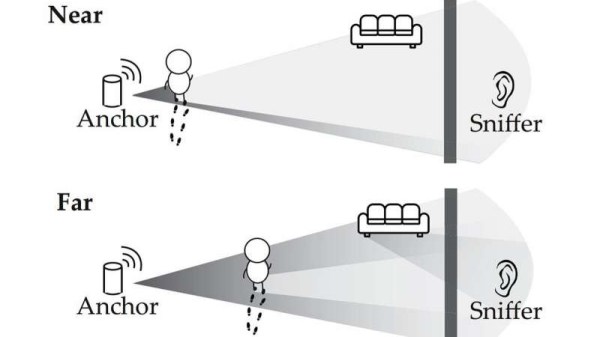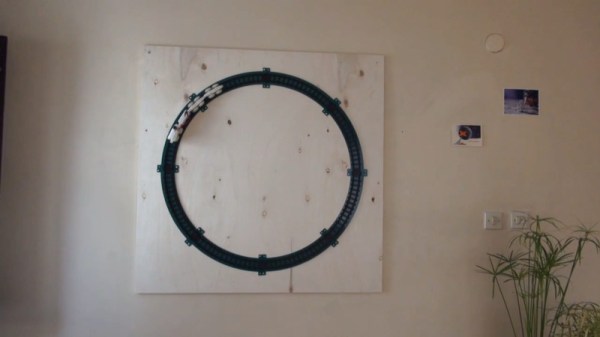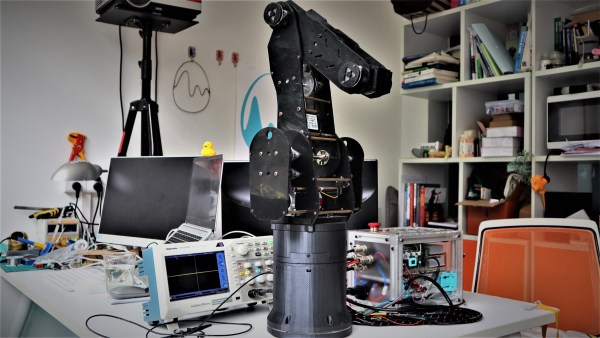Artificial intelligence is taking the world by storm. Rather than a Terminator-style apocalypse, though, it seems to be more of a useful tool for getting computers to solve problems on their own. This isn’t just for supercomputers, either. You can load AI onto some of the smallest microcontrollers as well. Tensorflow Lite is a popular tool for this, but getting it to work on your particular microcontroller can be a pain, unless you’re using an Espruino.
This project adds support for Tensorflow to this class of microcontrollers without having to fuss around with obtuse build tools. Basically adding a single line of code creates an instance, all without having to compile anything or even reboot. Tensorflow is a powerful software tool for microcontrollers, and having it this accessible now is a great leap forward.
So, what can you do with this tool? The team behind this build is using Tensorflow on an open smart watch that can be used to detect hand gestures and many other things. They also opened up these tools for use in a browser, which allows use of the AI software and emulates an Espruino without needing a physical device. There’s a lot going on with this one, and it’s a bonus that it’s open source and ready to be turned into anything you might need, like turning yourself into a Street Fighter.




















